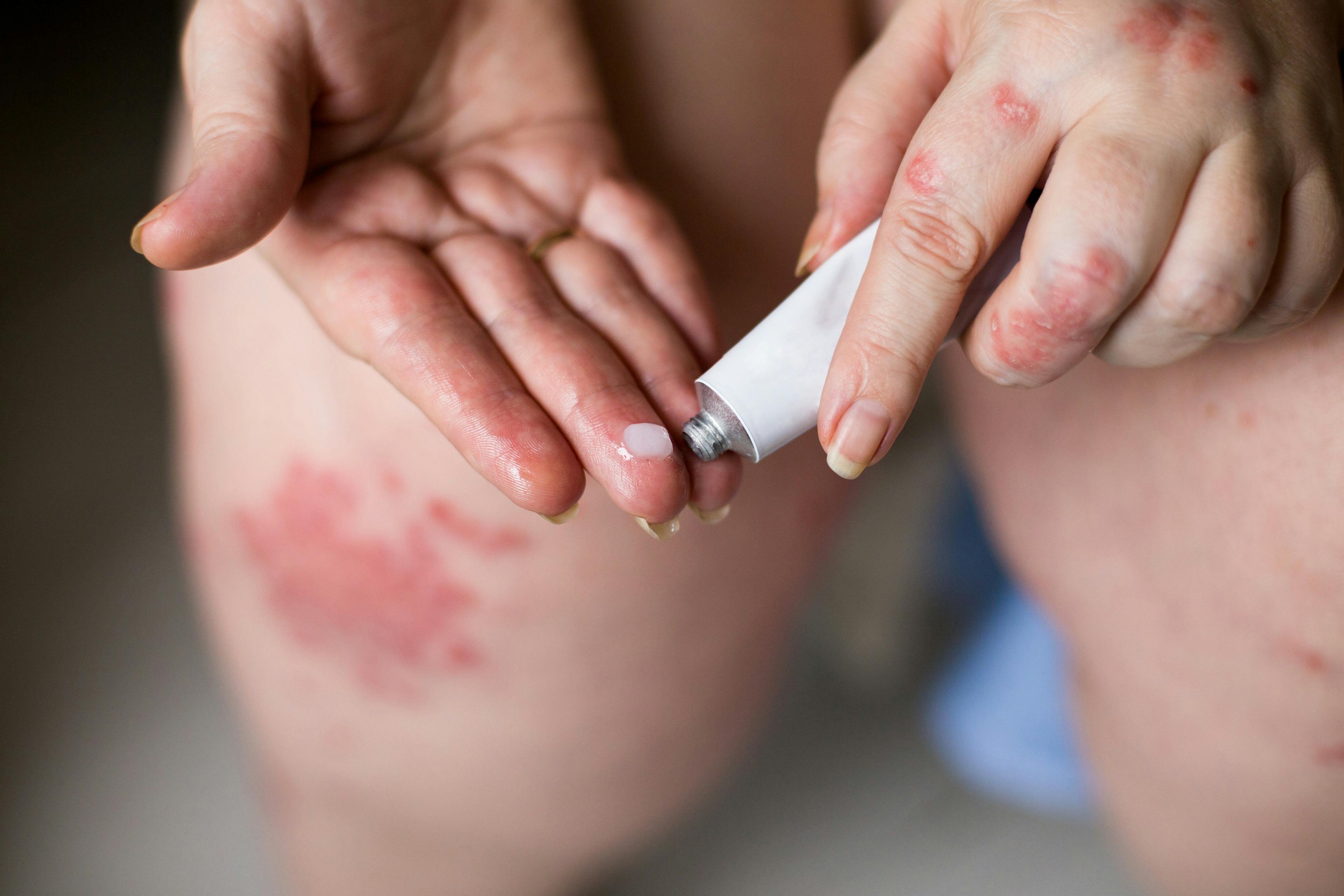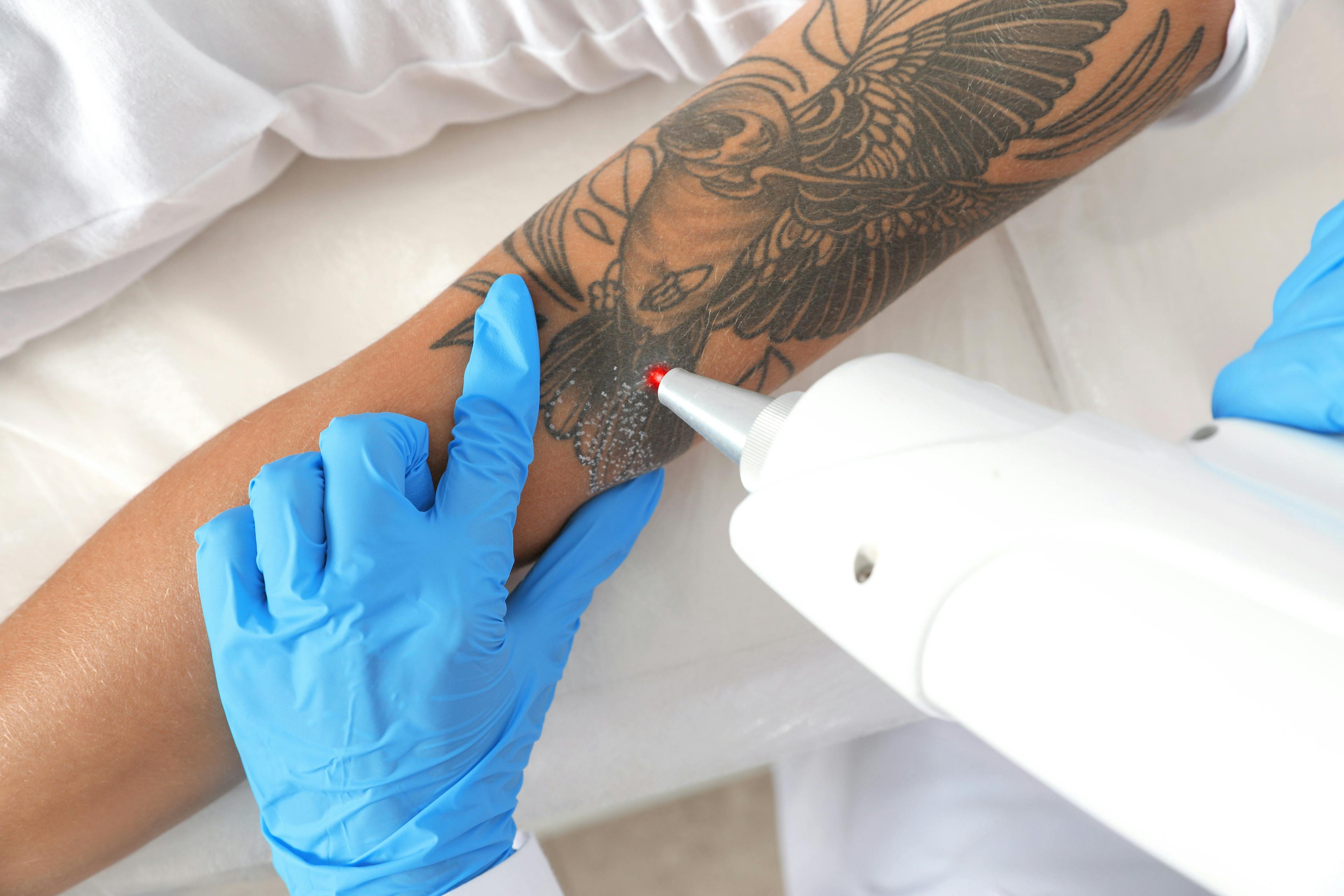- Acne
- Actinic Keratosis
- Aesthetics
- Alopecia
- Atopic Dermatitis
- Buy-and-Bill
- COVID-19
- Case-Based Roundtable
- Chronic Hand Eczema
- Drug Watch
- Eczema
- General Dermatology
- Hidradenitis Suppurativa
- Melasma
- NP and PA
- Pediatric Dermatology
- Pigmentary Disorders
- Practice Management
- Precision Medicine and Biologics
- Prurigo Nodularis
- Psoriasis
- Psoriatic Arthritis
- Rare Disease
- Rosacea
- Skin Cancer
- Vitiligo
- Wound Care
Publication
Article
Dermatology Times
Pipeline treatments show promise for acne patients
Author(s):
Hilary E. Baldwin, M.D. discusses advances in acne treatment that have expanded treatment options, allowing physicians to improve outcomes in patients with moderate-to-severe acne.

Dr. Baldwin

Advances in acne treatment have expanded treatment options, allowing physicians to improve outcomes in patients with moderate-to-severe acne, says Hilary E. Baldwin, M.D., medical director, The Acne Treatment and Research Center, Brooklyn, NY, and clinical associate professor of dermatology, Rutgers Robert Wood Johnson Medical Center, Piscataway, N.J.
RELATED: Dr. Eichenfield discusses new acne therapies
Antibiotic resistance is an ever-increasing issue, sometimes making therapeutic decisions challenging. Although one of the cornerstones of acne therapy, clinicians must nevertheless be wary when contemplating antibiotic therapy for their acne patients. According to Dr. Baldwin, the ubiquitous abuses of topical clindamycin and erythromycin of years past led, in part, to the antibiotic resistances seen today, reducing the efficacy of clindamycin and rendering erythromycin relatively useless in the United States.
It is widely believed that minocycline is one of the best drugs that clinicians have for treating acne, and it has also found utility in the treatment of Methicillin-resistant Staphylococcus aureus (MRSA). A unique topical minocycline 4% foam preparation, developed by Foamix, now a wholly owned subsidiary of Menlo Therapeutics, may be a game changer in the treatment of acne, according to Dr. Baldwin.
“While the blood level of the Foamix product is nearly undetectable, the cutaneous levels are extremely high, and those two things in terms of the concept of a mutant selection window suggest that use of this topical preparation of minocycline may not be associated with the development of resistant organisms,” Dr. Baldwin explains. “More work needs to be done to prove this concept for C. acnes, but also common commensal organisms such as staphylococcus and streptococcus. It may be that our concerns of topical minocycline following in the footsteps of clindamycin and erythromycin are unfounded.”
However, she adds, clinicians need to be good stewards with minocycline, and prescribe oral minocycline only in combination with benzoyl peroxide to prevent the development of resistant organisms.
Newer retinoid therapies are aimed at improving treatment compatibility and outcomes in acne patients. According to Dr. Baldwin, Altreno, a 0.05% tretinoin lotion from OrthoDermatologics, has demonstrated improved tolerability with the addition of humectants and other hydrating agents.
RELATED: Dr. Del Rosso discusses antibiotic use in acne patients
The 4th generation retinoid trifarotene (Aklief, Galderma) has full selectivity for the gamma receptor, the most common receptor in the skin. For years, clinicians have made the assumption that what works on the face works on the back, but according to Dr. Baldwin, this may not be true due to differences in skin thickness and sebaceous gland distribution. With trifarotene, she adds, clinicians have a large phase 3 study that demonstrates good truncal efficacy for the first time.
“Trifarotene works well on both the face and the trunk with good tolerability, which is what researchers were hoping that the selectivity for the gamma receptor was going accomplish,” Dr. Baldwin says.
One of the exciting drugs in the pipeline is clascoterone 1% cream (Winlevi, Cassiopea SpA) which aims to help improve outcomes for patients with moderate-to-severe acne. The anti-androgen topical medication converts to a non-androgenic cream upon application, making it possible to use in the male population as well as female.
Absorica LD (low dose, Sun Pharma), which launched in the United States in February, is a micronized isotretinoin topical preparation that has been shown to result in higher serum plasma level compared with other existing isotretinoins. The major advantage with this formulation, Dr. Baldwin says, is that the patient can take the medication at any time of day with or without food and it still results in good bioavailability.
Other recent developments include sarecycline (Seysara, Almirall), which is approved by the FDA for the treatment of non-nodular inflammatory lesions in moderate-to-severe acne in patients nine years of age and older. It is a newer tetracycline-class antibiotic taken once daily and has demonstrated good efficacy and tolerability.
Arazlo (Ortho Dermatologics), approved by the FDA for the topical treatment of acne vulgaris in patients nine years of age and older, is a tazarotene 0.045% lotion. According to Dr. Baldwin, its novel vehicle formulation that has been shown to provide strong efficacy with favorable tolerability, reducing the tolerability issue that is prominent with tazarotene use.
RELATED: Dr. Leyden offers insight on isotretinoin use in male, female patients
Two companies have combination tretinoin/benzoyl peroxide products in development (Sol-Gel, OrthoDermatologics) in which they’re looking at solving - in different ways- the stability issues that have prevented this combination in the past.
“We have not seen new product line and a pipeline like this in a very long time. We have a toolbox now that is amazing, and in my opinion, many of these new drugs are really going to change the way in which we treat acne,” Dr. Baldwin says.
References:
Dr. Baldwin reports no relevant disclosures.

Newsletter
Like what you’re reading? Subscribe to Dermatology Times for weekly updates on therapies, innovations, and real-world practice tips.



























